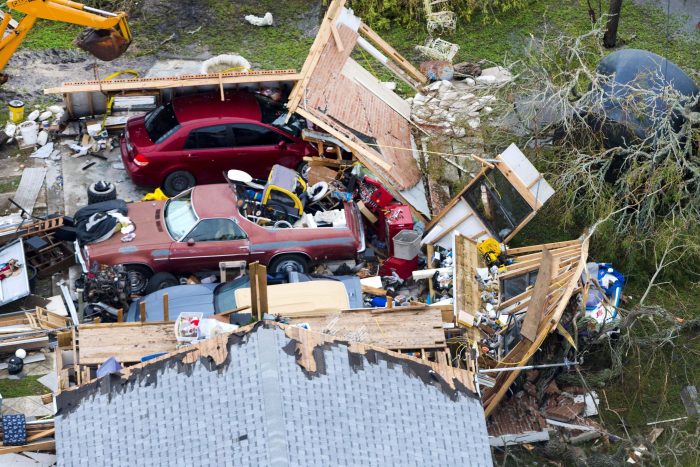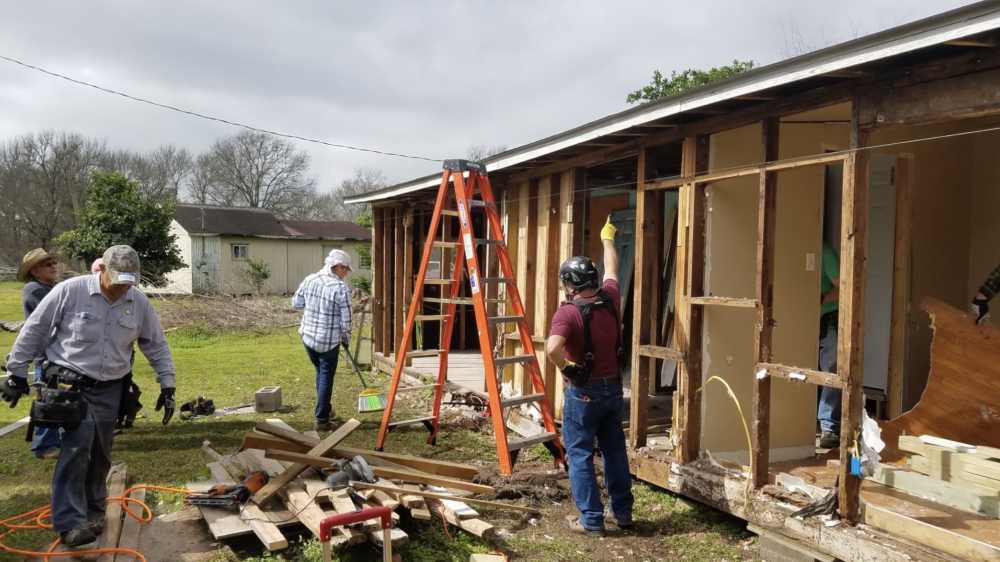Hurricane Harvey Response Moves to Recovery Phase
The national press has gone home. The world’s attention has moved on to the next big event. But recovery along the Texas Gulf Coast from the devastation caused by Hurricane Harvey has only just begun. As immediate response to the hurricane turns to recovery, some things have become clear. This was and is a HUGE […]

The national press has gone home. The world’s attention has moved on to the next big event. But recovery along the Texas Gulf Coast from the devastation caused by Hurricane Harvey has only just begun.

As immediate response to the hurricane turns to recovery, some things have become clear. This was and is a HUGE disaster. The available philanthropic dollars, while significant, are nowhere near enough to cover the unmet needs following state and federal assistance. So far, the FEMA verified unmet needs total is $1.2 billion. But this does not include anyone who has not registered with FEMA for one reason or another. It also does not include all the long-term recovery needs often seen following a disaster. Those challenges include mental and physical health issues, as well as the environmental impact of the hurricane.
To get a true picture, experienced disaster responders suggest the FEMA number should be tripled. So, in order for the Texas Gulf Coast to return to normal (or even a “new normal”), it will take more than $3 billion worth of support from non-governmental sources. Though the philanthropic community has been very generous in response to this storm, there is still nowhere near the financial support that is needed for full recovery.
The results of our needs assessment – including meeting with other funders, philanthropic organizations active in the area, and long-term recovery groups – has provided us with a preliminary plan for the CDP Hurricane Harvey Recovery Fund. With input from the grant committee, we will distribute the first phase of grant funding in late February.
One idea that is rapidly gaining traction is to use first-round funding to support capacity building for the long-term recovery teams, committees, and groups now being formed to build back resilient communities. Long-term recovery teams typically include representatives from all areas of their communities, along with disaster response organizations. County and city emergency managers, county judges, representatives from local and national nonprofit organizations, FEMA volunteer agency liaisons (VALs), and interested funders are organizing and leading these efforts. They work with volunteer groups and review client cases to assure that needs are met. They are amazing, dedicated, and compassionate people with a love for their community and their work.
Successive rounds of funding from the CDP Hurricane Harvey Recovery Fund may focus on direct service, addressing needs identified by the long-term recovery committees throughout the impacted area. We will be very focused, thoughtful, and purposeful as we determine where the dollars are spent, hopefully leveraging other resources in order to have the biggest impact.
The CDP Hurricane Harvey Recovery Fund grant committee and the CDP board and staff are looking forward to engaging in the long-term recovery process in Texas, and throughout the devastated area. With the effective implementation of a solid, long-term recovery plan, the Texas Gulf Coast can return to a new normal, and build resiliency to face the future.
More like this

Are We Experiencing Donor or Disaster Fatigue?

